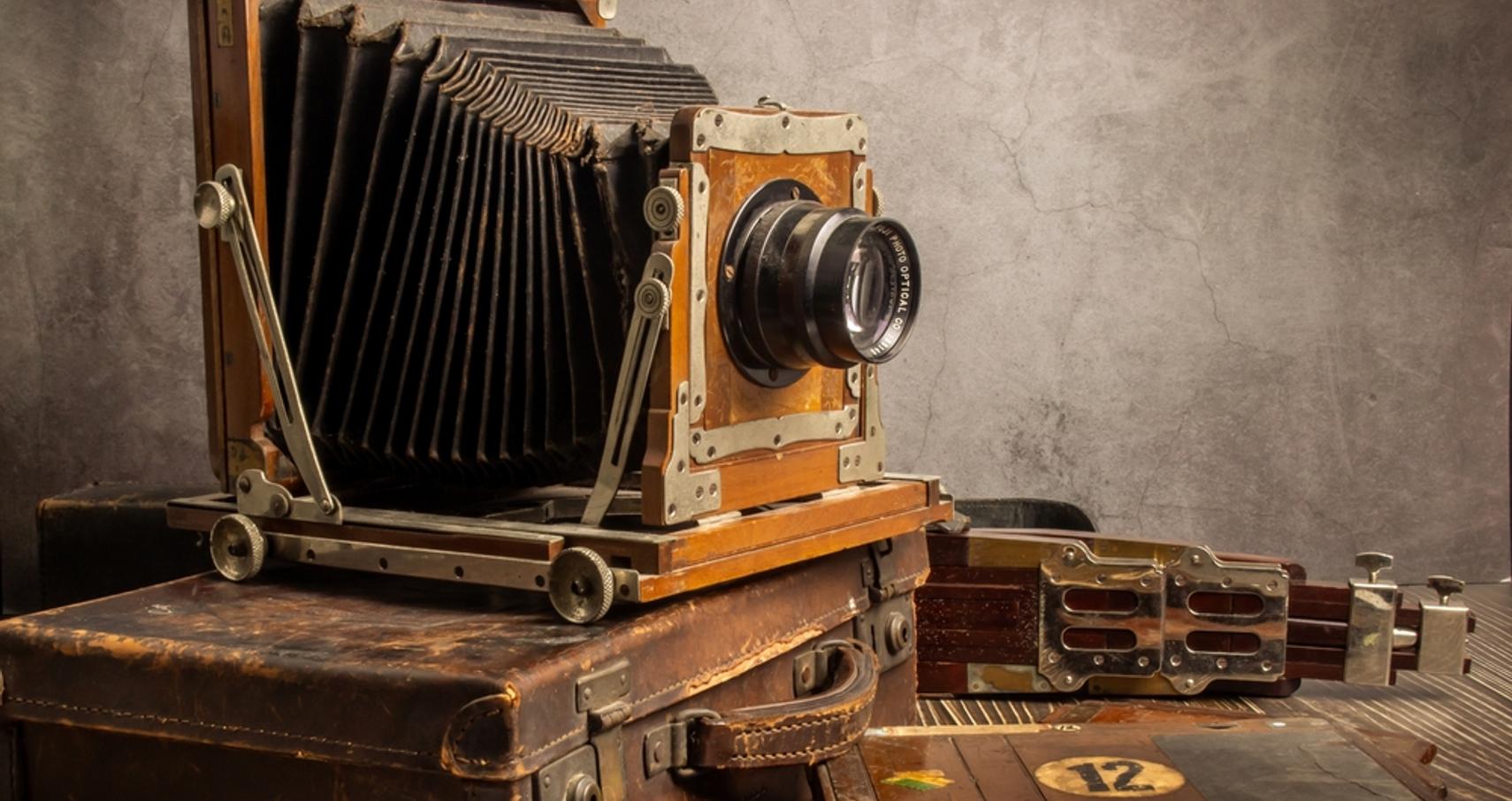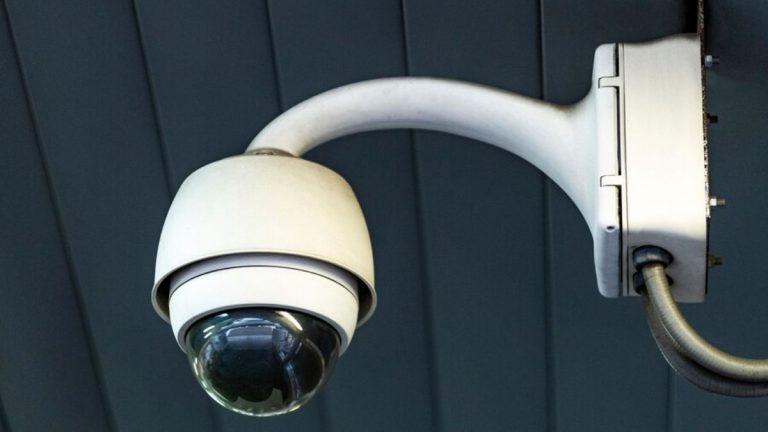What Is a Camera?
History of the camera
The camera’s history is one of incremental evolution, beginning with the camera obscura and progressing through many stages of photographic development to the digital cameras we use today. Joseph Nicéphore Niépce invented the first genuine photographic camera in 1816, when he built a device capable of capturing and fixing images. Later, in 1839, Louis Daguerre invented the daguerreotype method, which made photography more commercially viable and produced crisper photographs. George Eastman introduced roll film in 1888, and Edwin Land invented the Polaroid instant camera in 1948, paving the way for today’s digital cameras and smartphones.
The Earliest Cameras
The earliest cameras as we know them today were daguerreotype cameras, invented by Louis Daguerre and commercially produced beginning in 1839. These cameras employed a silver plate to capture images, which were subsequently developed with mercury vapours. Prior to this, images were projected using a camera obscura, which was a room-sized or box-like construction with a small opening, but they were not permanently captured and fixed.
1.Camera Obscura
This old notion featured a darkened room or box with a small hole through which light may flow, projecting an upside-down image of the outside world onto the opposite wall or surface. While it did not produce lasting images, it was a forerunner to photography and was used by artists for millennia as a drawing tool.
2.Daguerreotype
In 1839, Louis Daguerre invented the daguerreotype method, which entailed exposing a silver plate coated with iodine to light and developing the picture with mercury vapours. The finished photograph was distinctive and one-of-a-kind.
3.Giroux Daguerreotype Camera
Maison Susse Frères manufactured the first commercially available photographic camera, the Giroux daguerreotype camera, in 1839. This camera was designed as a double-box, with a lens and an image plate holder.
4.Calotype
Around the same time, William Henry Fox Talbot invented the calotype method, which uses silver chloride-coated paper to make a negative picture that allows for many positive prints.
How Was The First Camera Made?
Joseph Nicéphore Niépce invented the first camera, or more accurately, the first camera capable of capturing and permanently fixing an image, in 1826. He utilised heliography, which included coating a pewter plate with Judea bitumen, a form of asphalt. This plate was exposed to light in a camera obscura for several hours, resulting in a permanent image.
Final Thoughts
Joseph Nicéphore Niépce invented the first camera, or, more specifically, the first camera capable of generating a permanent photograph, about 1826 or 1827. To capture the image, he utilised a camera obscura and light-sensitive substance (Judean bitumen) on a pewter plate. The finished shot, “View from the Window at Le Gras,” required eight hours of exposure time. This breakthrough invention signalled the start of photography as we know it.

